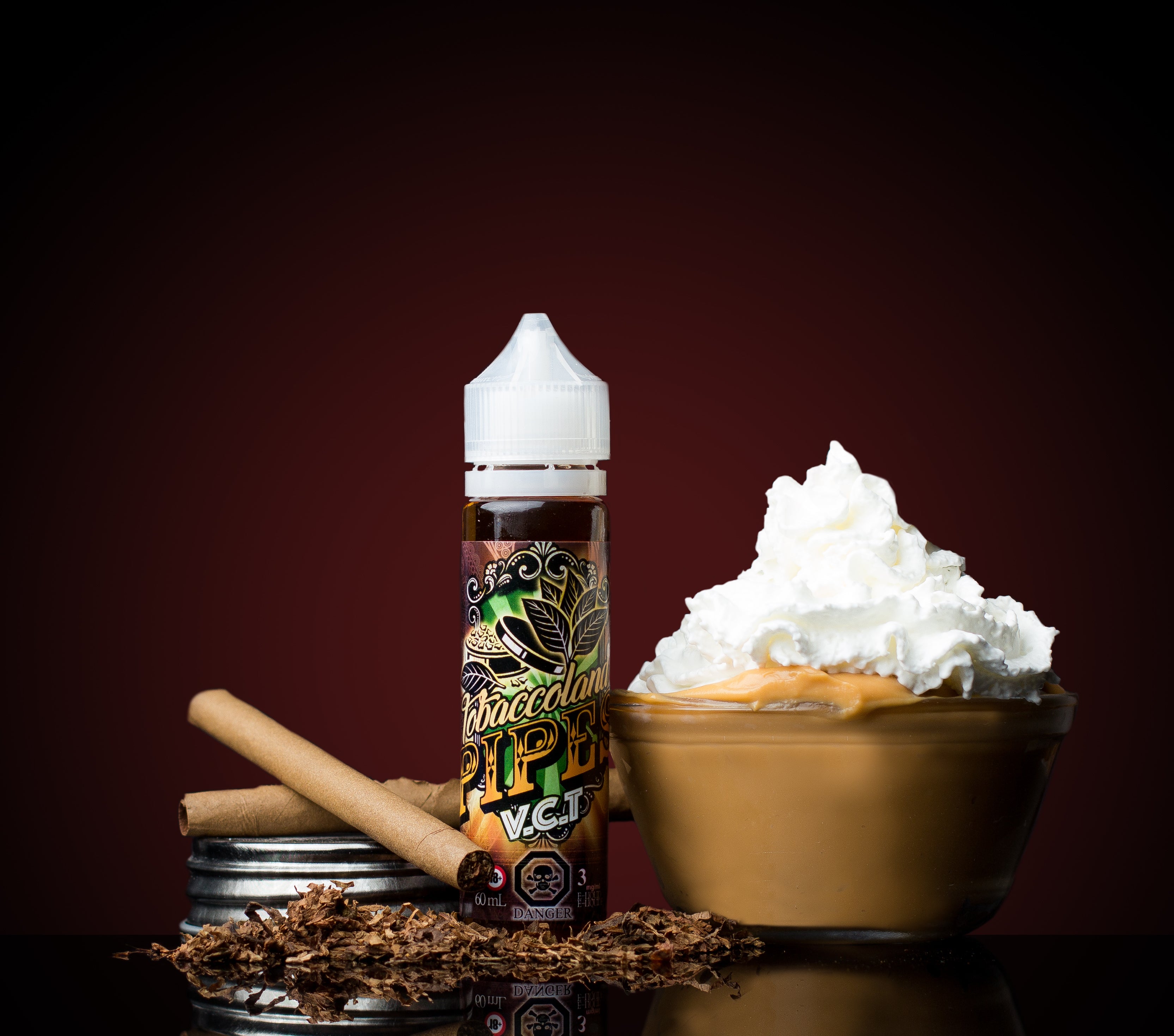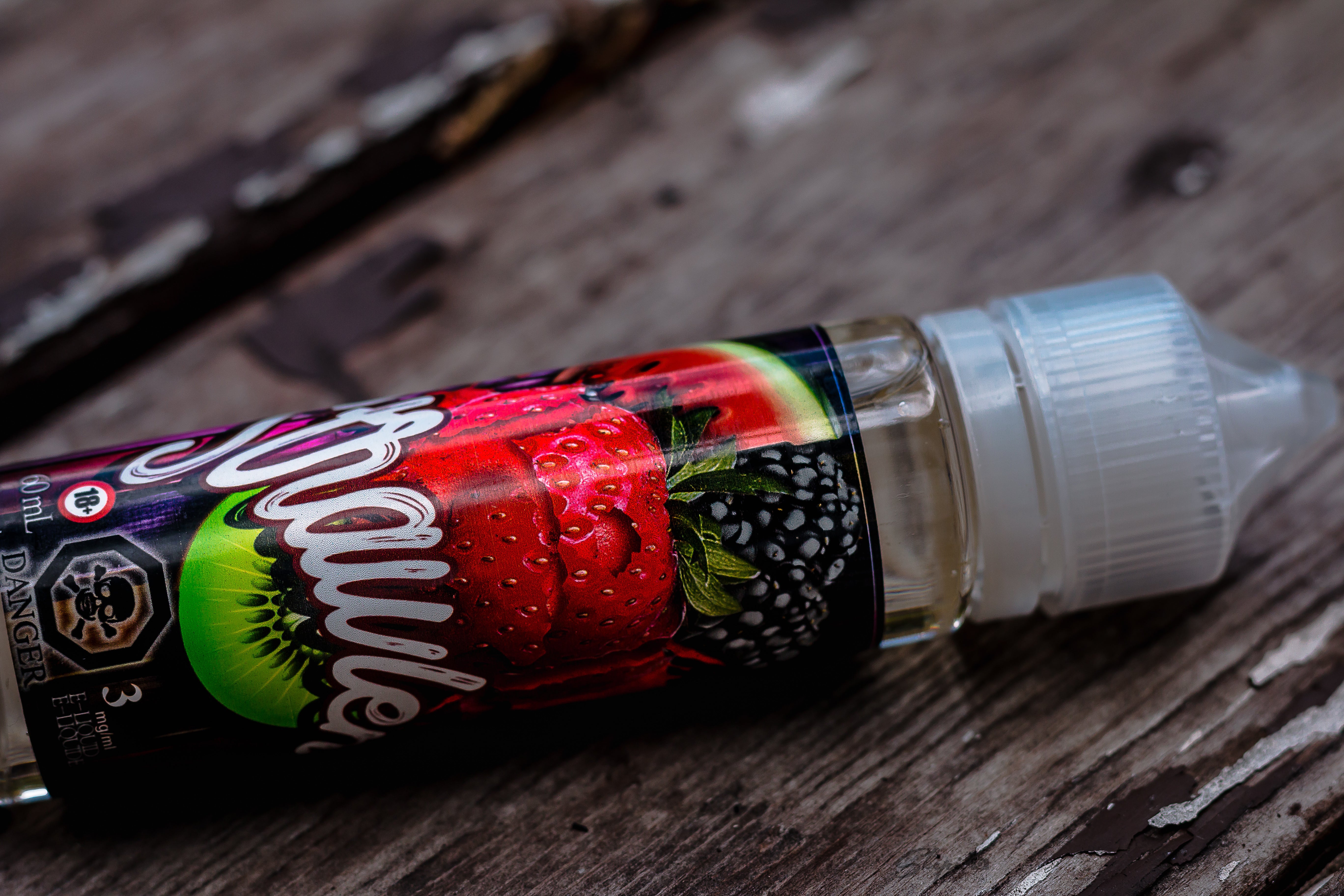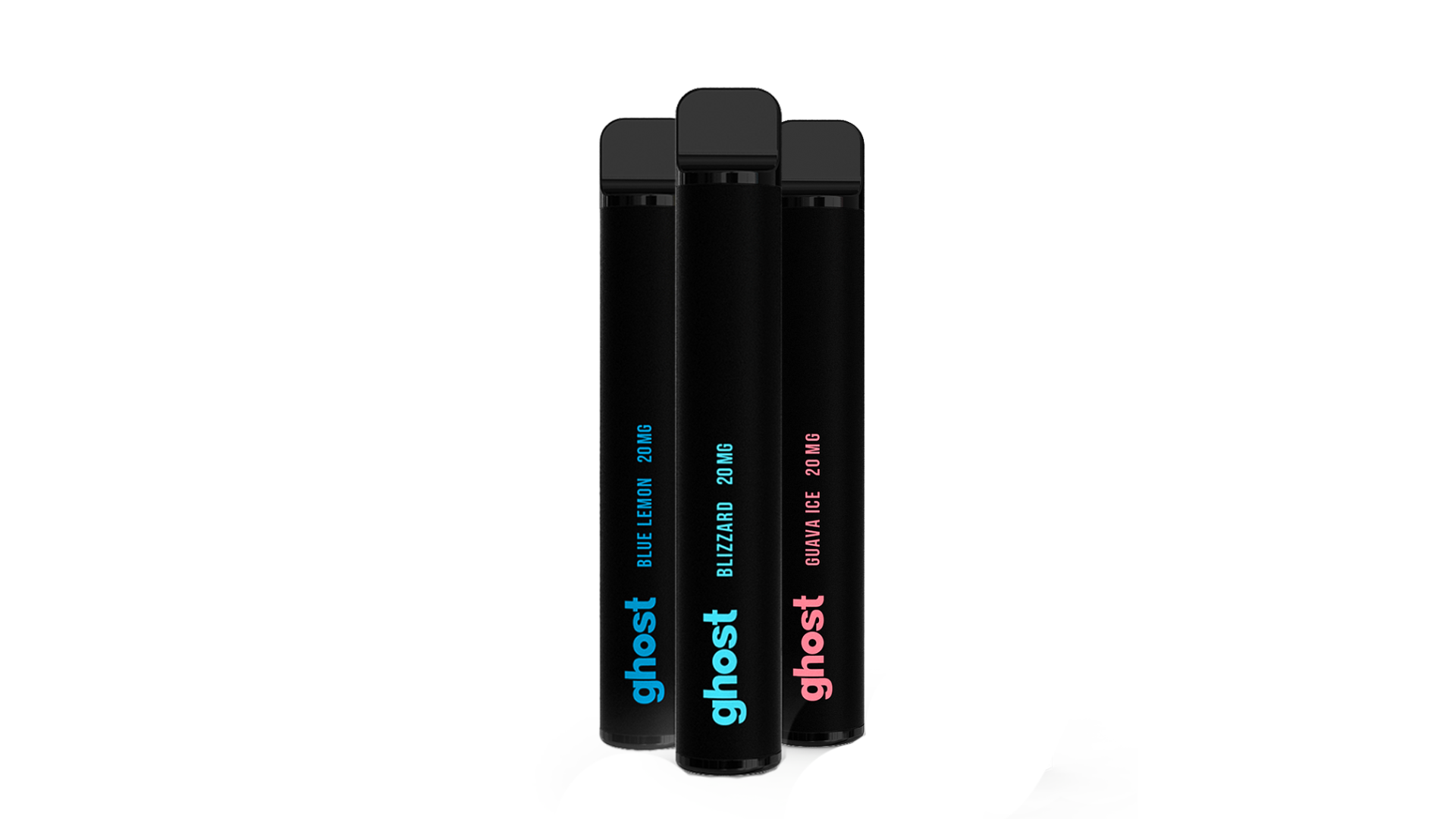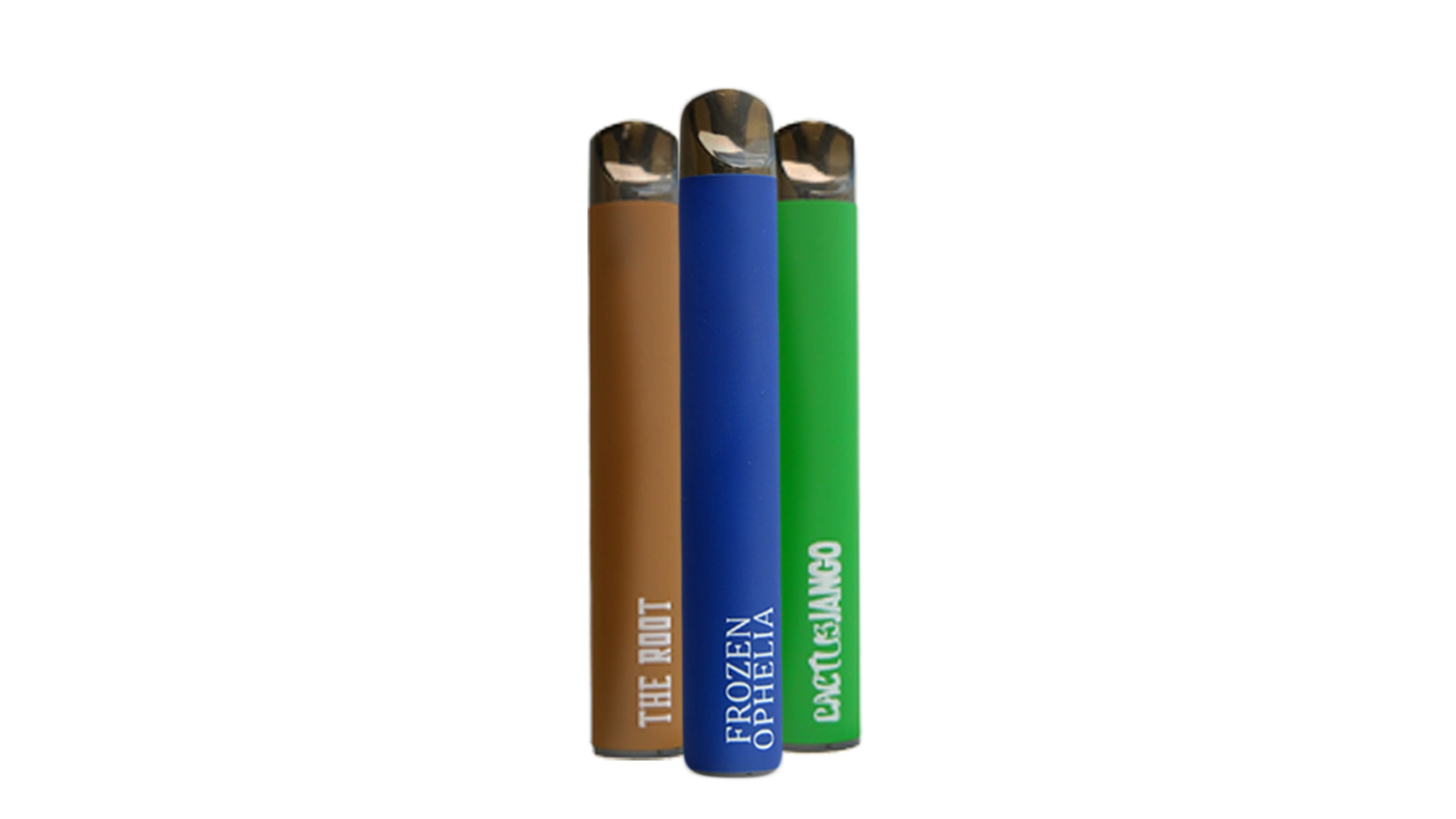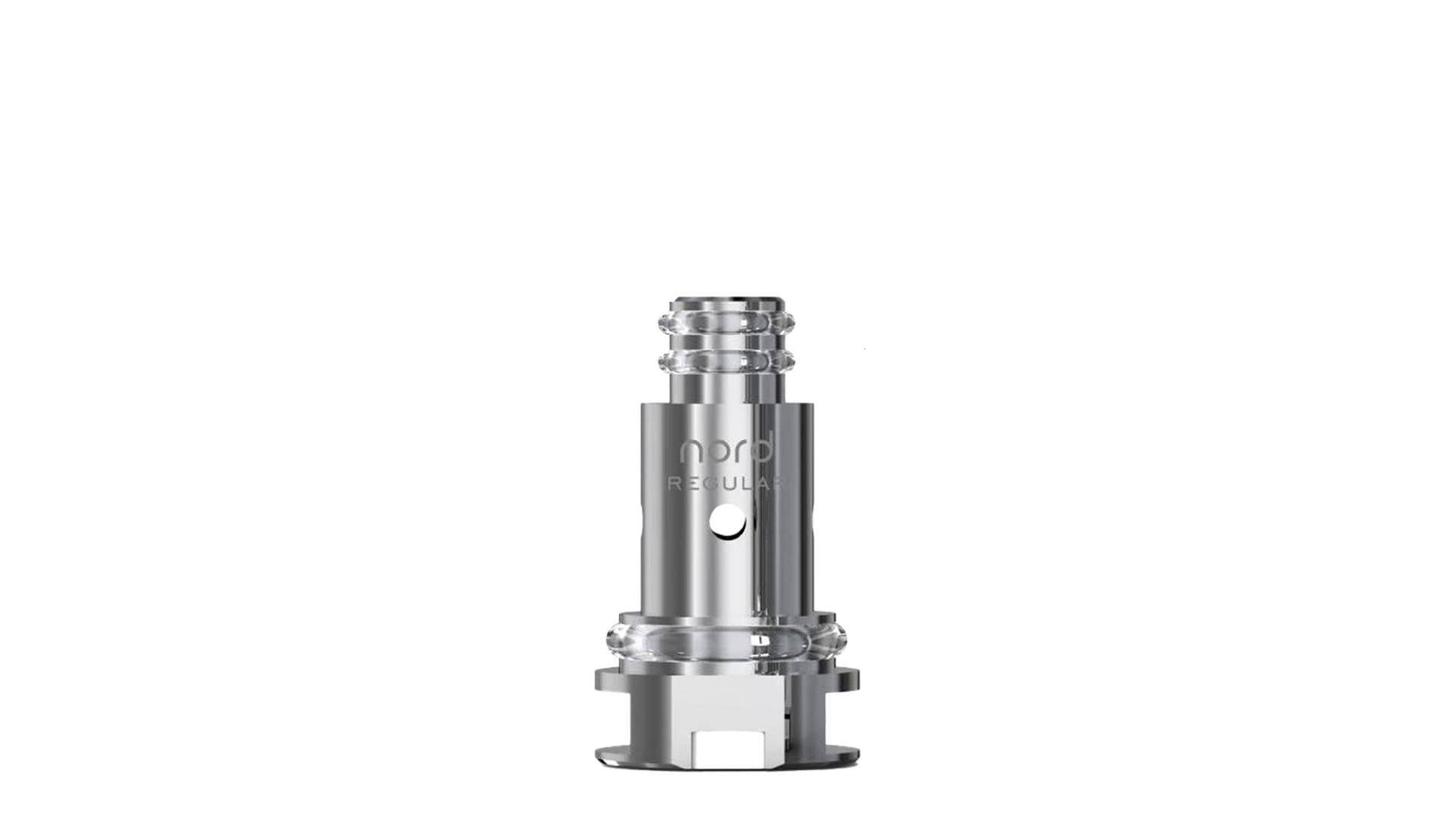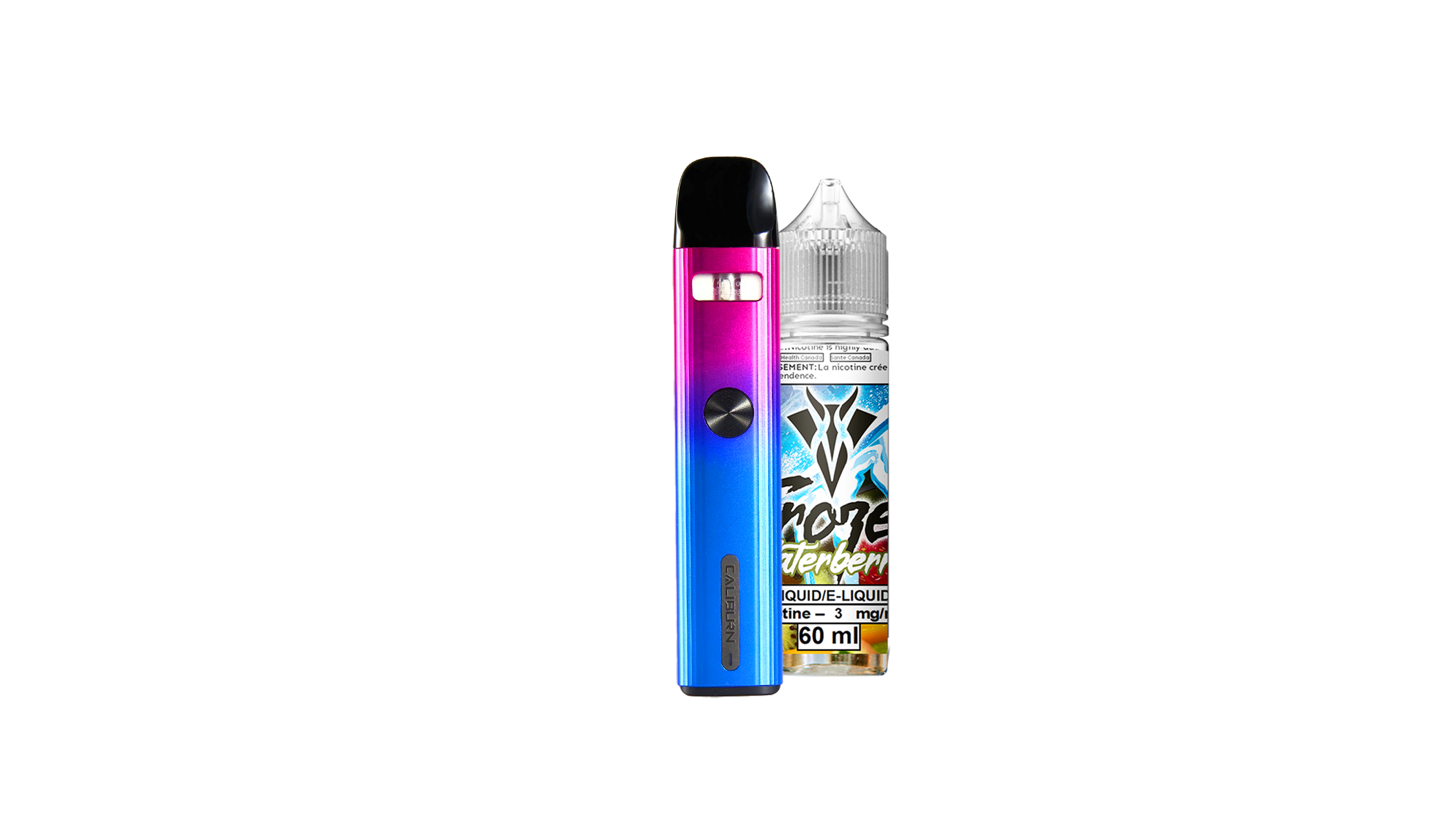The Reality of Cannabis Legalization
October 17th. Ask any Canadian and they will be able to tell you what this date means. October 17th signifies a momentous moment in history for our country — the day cannabis was legalized.
The Canadian government decided to legalize cannabis for many reasons, and their arguments made a lot of sense. The main reason to legalize was simple: regulation.
By legalizing cannabis, the government can regulate, tax and control cannabis rather than waste money and resources trying to enforce prohibition. Legalization effectively wipes out the need for a cannabis black market and puts that money in the pockets of entrepreneurs and employees instead. Or so the logic goes.
In reality, we are seeing a situation similar to what happened in Washington State. The price of legal cannabis is much higher than what can be acquired on the black market. What this means is people aren’t deleting their dealers’ numbers just yet.
In addition, consumer demand far outstrips the production capabilities of current legal cannabis stores. On day one of legalization, provincial and private retailers across the country ran out of stock. One study predicted that the supply of legal pot in Canada would only meet about 30% to 60% of demand after legalization, and these predictions have come true.
All this to say that the black market is still very much alive post-October 17. Over time, as regulations loosen and supply networks grow, the price of cannabis will likely come down allowing legal cannabis to compete with black market cannabis.
In the meantime, most people are under no illusion that the cannabis market is suddenly regulated. Like anything, cannabis legalization is a process, and it may very well be years until the entire market is above board. That said, as a country, we should be proud of this progressive first step towards a completely legal future.
For those who are new to the experience of cannabis, the Canadian Medical Association (CMA) recommends following Canada’s Lower-Risk Cannabis Use Guidelines. These guidelines include using a vaporizer and choosing low-THC products. THC or tetrahydrocannabinol is the psychoactive counterpart to CBD and is largely responsible for the “high” you get when using cannabis.
If you’re trying cannabis for the first time, it might be best to start by vaping a CBD product. CBD is non-psychoactive, but rather, has therapeutic effects. At VanGo, we’re looking forward to the possibilities that exist by partnering with the CBD industry.
If you enjoyed this article, and would like to read more from VanGo, sign up for our newsletter below.





